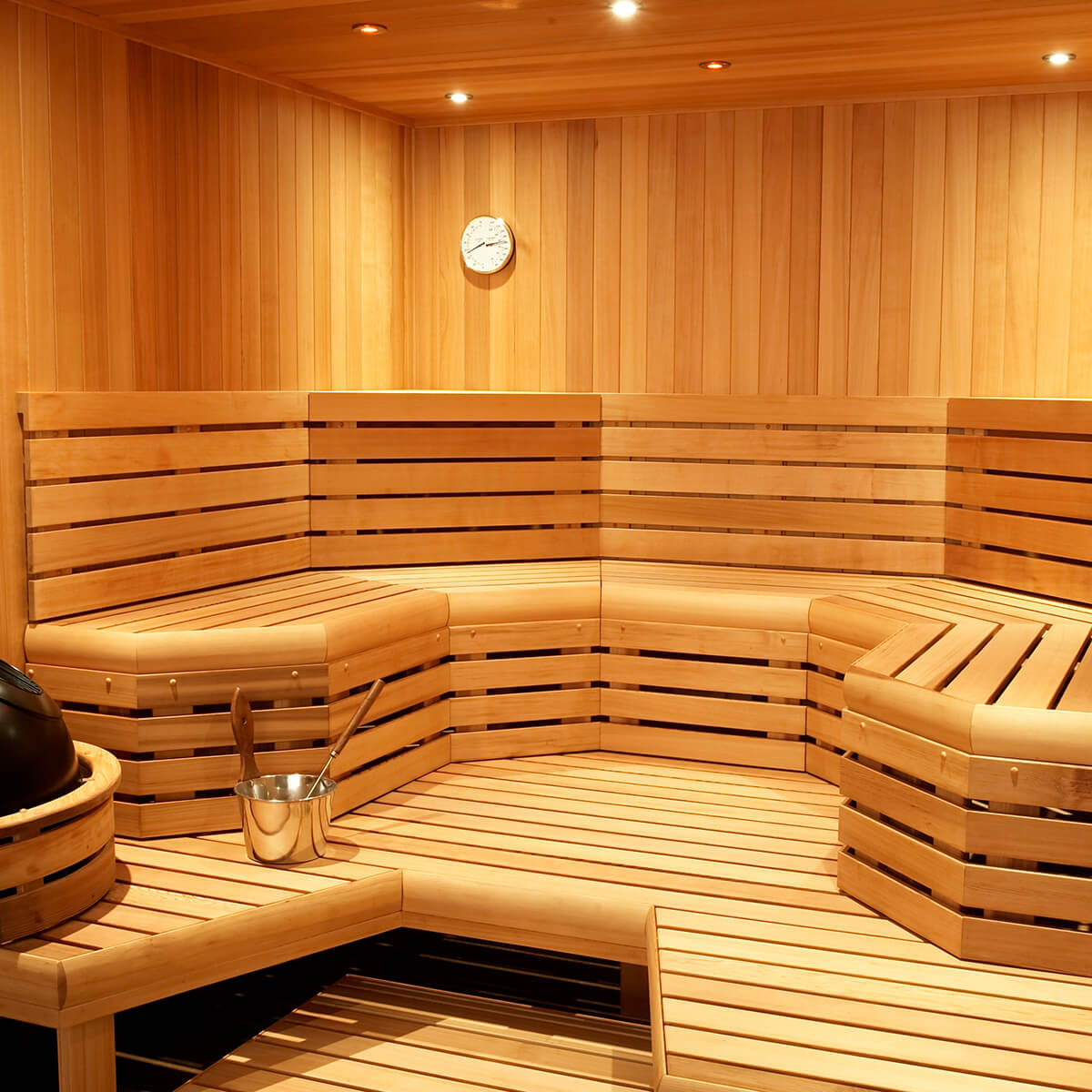All about Traditional Sauna
All about Traditional Sauna
Blog Article
The Greatest Guide To Traditional Sauna
Table of ContentsIndicators on Traditional Sauna You Should KnowHow Traditional Sauna can Save You Time, Stress, and Money.4 Easy Facts About Traditional Sauna DescribedMore About Traditional SaunaTraditional Sauna Things To Know Before You Buy
The majority of the weight lost in a sauna is water loss and is re-gained upon rehydrating. However, undoubtedly sauna can be a vital part of a healthy weight-loss program. To check out the differences in between traditional and IR saunas, I will certainly divide these into verifiable, theoretical, and fabricated differences.Hence, the hottest factor in the saunawhich is at the ceiling straight above the sauna heateris commonly in between 185 and 190 F. Claims that a standard sauna surpasses 200 F is simply not real and not relevant for electric saunas offered in the US. The temperature for a far-infrared sauna is generally established in between 120 and 140 F; nevertheless, unlike the conventional sauna, the objective in and IR area is not to attain a high temperature level.
As a result of this, the temperature distinction is nearly pointless, because profuse sweating leads to both sauna kinds, however the technique of heating the body is various. In an IR sauna the bather will feel warm and will certainly sweat a lot, however at much lower temperature levels (Traditional Sauna). Thus, if the objective is to spend longer periods of time in the sauna, the IR sauna is a great selection
When a standard sauna has actually been effectively heated up, the sauna wall surfaces are warm, the air temperature level has attained established temperature level and the rocks are very warmed. As an interesting side note, the heated walls and the rocks are discharging far-infrared heat, combined with the heated air, to produce an "enveloping warm".
The Ultimate Guide To Traditional Sauna

When the heat is attained, the elements cycle on and off to maintain the high temperature. Most conventional sauna users take pleasure in putting water over the rocks to produce heavy steam to increase sauna humidity levels. The advantages of pouring water over the rocks include: making the area more comfortable, moistening the nasal flows, and permitting the usage of aromatherapy by mixing crucial oils with the water.

When the power enters the body, it creates the body temperature level to increase and inevitably causes perspiration. In an infrared sauna it's essential for the emitters/heaters to continue to be on practically continuously. Because there Check This Out is no mass of rocks to preserve heat, the sauna will certainly cool if the emitters closed off.
As mentioned over, the sauna bather in an infrared room wishes to position himself before running emitters to get maximum advantage from the warm. The heating time for both areas can be very various, depending upon how the spaces are made use of. For a standard sauna, a bather should enable 30-40 mins for the room to accomplish a wanted temperature level and to correctly pre-heat the rocks.
Facts About Traditional Sauna Revealed
A well built sauna will generally accomplish a temperature level of 150-160 F in about 30-40 minutes. For hotter temperatures, the room may require to warmth for a longer duration.

Standard saunas tend to be larger (therefore utilize even more power) than infrared saunas, although standard saunas are certainly offered in one and two individual sizes. For a two-person typical sauna, 5x6 or 5x7 size is most preferred. The top bench can comfortably seat two or 3 people and is additionally enough time to rest during the sauna session.
Some Known Factual Statements About Traditional Sauna
The average expense per kWH of electricity in the U.S. is around $0.11, so a 4.5 kW heater will set you back approximately $.50 to run for one hour, if the heater runs constantly for one hour. Usually a sauna heating unit will certainly run for 75% of the very first hour and 50% of subsequent hours on considering that the components cycle once the set temperature level is attained.

Ultimately, there is a hardly ever reviewed distinction in the social experience in between the two rooms. While our society has lost several of the social advantage of the conventional sauna experience, it can be really socially fulfilling (Traditional Sauna). From family members time in the sauna, to heart-felt conversations with better halves, to sauna partiesthe typical sauna experience can cause intimate mingling
Fascination About Traditional Sauna
The majority of higher end infrared areas include tinted light treatment, sound systems and full-glass fronts.
Report this page